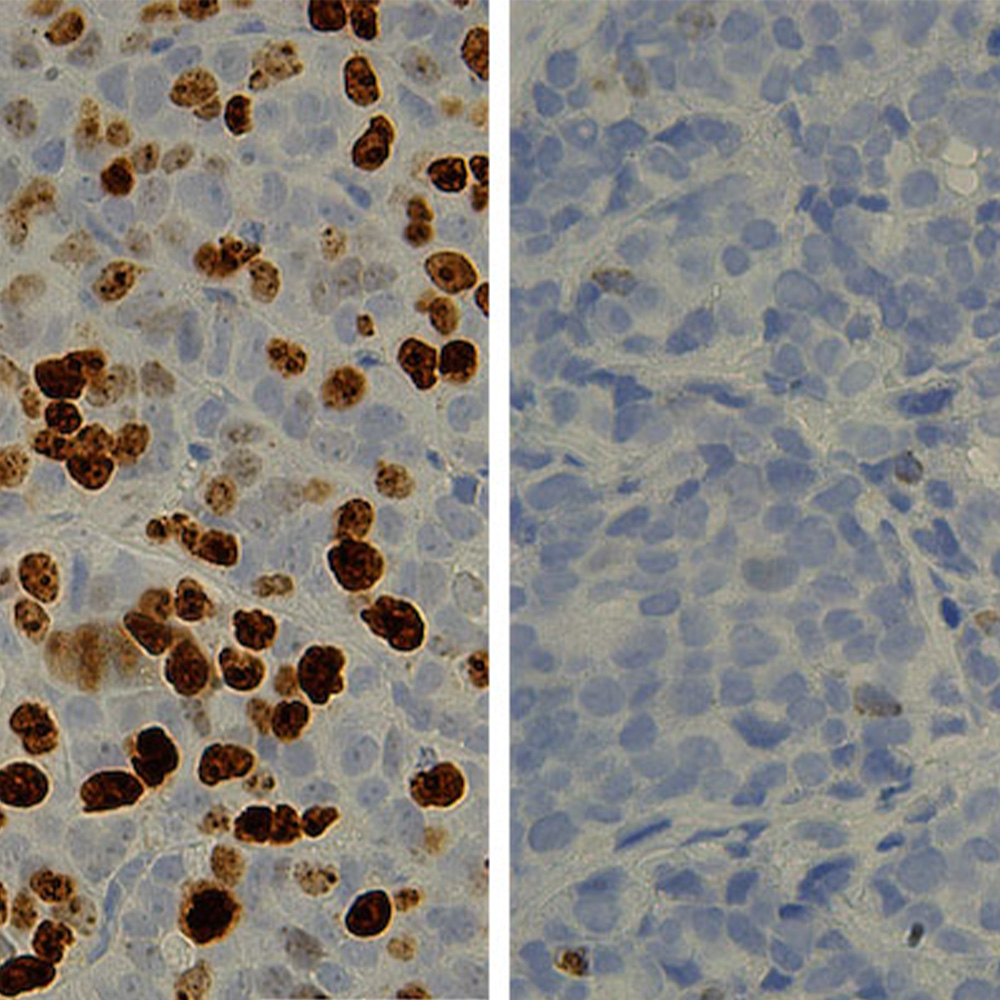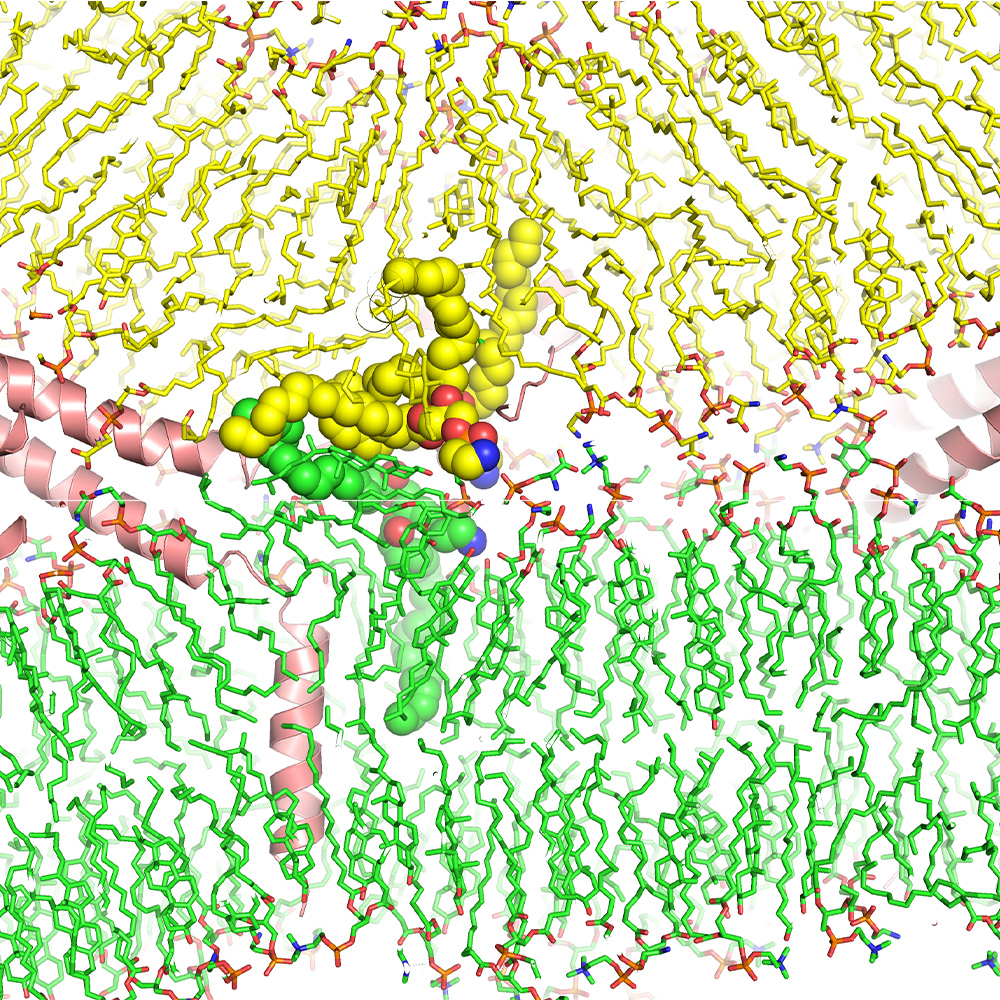Research identifies two genes linked to pulmonary fibrosis

Research and clinical medicine do not exist in separate silos, but rather are synergistically related. Just ask Dr. Christine Kim Garcia.
Dr. Garcia, Associate Professor of Internal Medicine at UT Southwestern Medical Center, said the active lung transplant program at UT Southwestern – it was one of the busiest programs in the country in 2015 – along with the cooperative attitude of her clinical colleagues, resulted in a large number of referrals of patients who have been interested in participating in an ongoing study. She and her research team have been sifting through their DNA for genetic mutations that cause familial pulmonary fibrosis. This, in turn, enabled her to identify two new genes linked to the disease.
Pulmonary fibrosis is a lung-scarring disease that can eventually prove fatal unless the patient has a lung transplant. About 1 in 50 individuals who have pulmonary fibrosis have the familial, or inherited, form of the disease, and these patients are the ones that Dr. Garcia and her team have been focusing on.
“My clinical colleagues are attuned to asking patients about their family history and letting them know that we have an active research program investigating the genetic underpinnings of this disease,” said Dr. Garcia, who is part of the Eugene McDermott Center for Human Growth and Development, and holds the Kern and Marnie Wildenthal President’s Research Council Professorship in Medical Science.
Using a database of 99 families that have been identified as having the familial form of the disease, Dr. Garcia and her team last year teased out the findings that mutations in the PARN and RTEL1 genes lead to familial pulmonary fibrosis.
Perhaps even more interesting from a researcher’s point of view is that mutations in these two genes lead to excessive shortening of the ends of chromosomes, called telomeres. Telomeres are repetitive sequences of DNA that protect the ends of chromosomes from deteriorating. They are sometimes compared to the plastic ends of shoelaces, which protect shoelaces from fraying.
“Although RTEL1 previously had been linked to telomere biology, our finding that PARN was involved in telomere regulation and human disease was completely unexpected,” said Dr. Garcia.
The new findings add to previous research led by Dr. Garcia that identified mutations in three other genes being linked to familial pulmonary fibrosis. Two of those genes, TERT and TERC, like PARN and RTEL1, also affect telomere length.
In total, mutations in the genes so far identified account for about 25 percent of all cases of familial pulmonary fibrosis. What causes the other 75 percent of familial pulmonary fibrosis cases and why telomere shortening would lead to pulmonary fibrosis are topics for further investigation.
“Our ultimate goal is to gain a full understanding of what causes the genetic form of this disease so that effective medications can be developed,” said Dr. Garcia.
Research that was enabled by robust clinical practice leading to better clinical treatments: Synergy, indeed.




